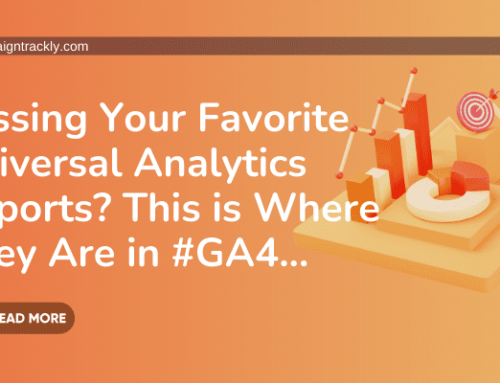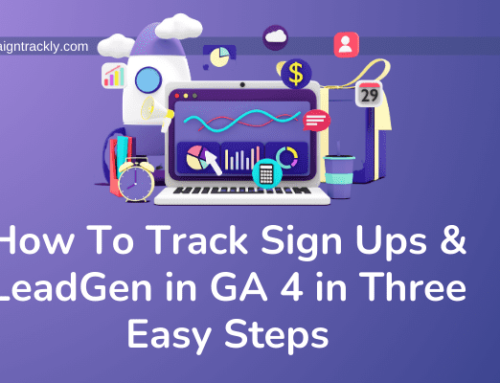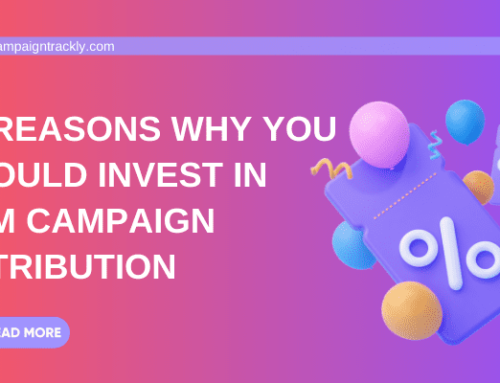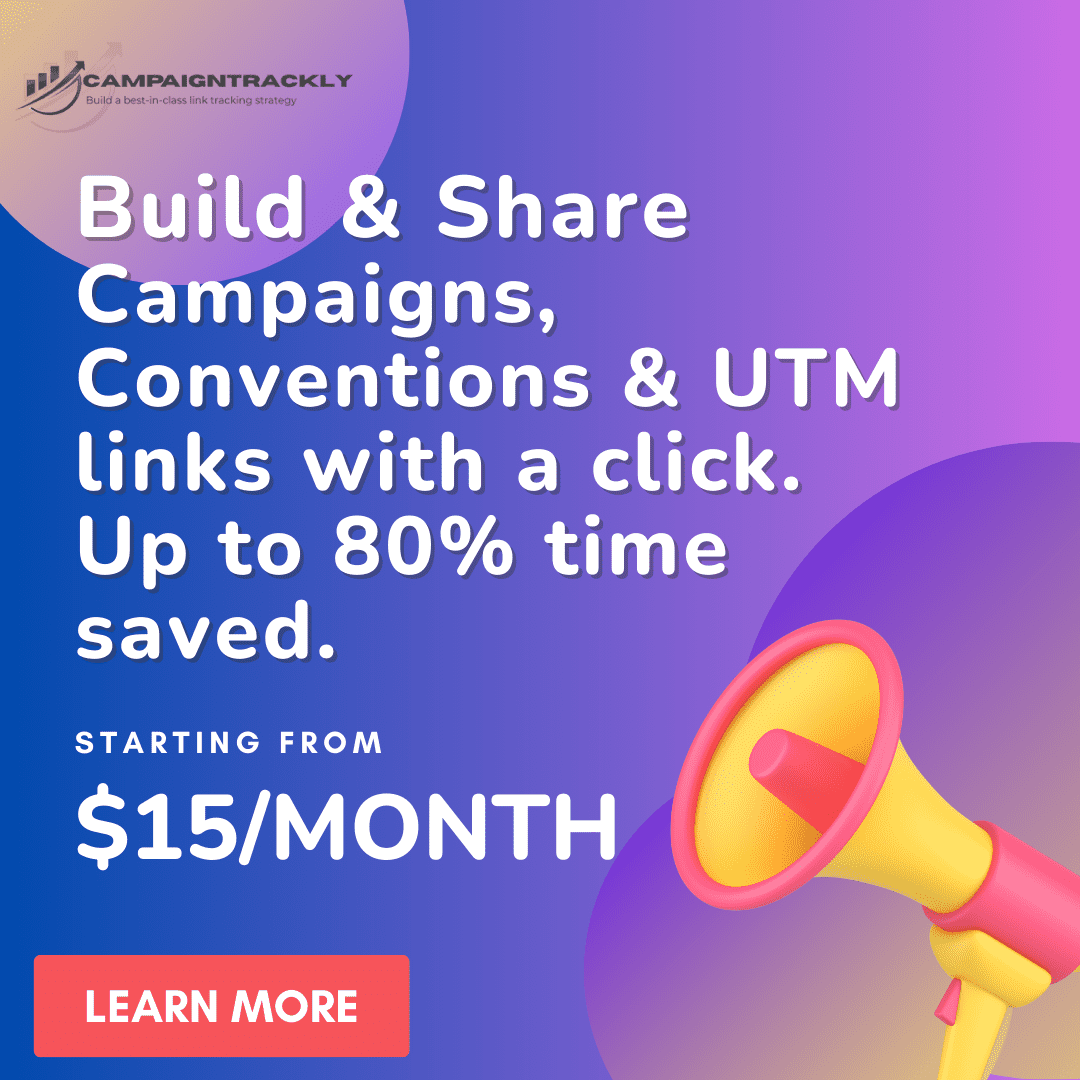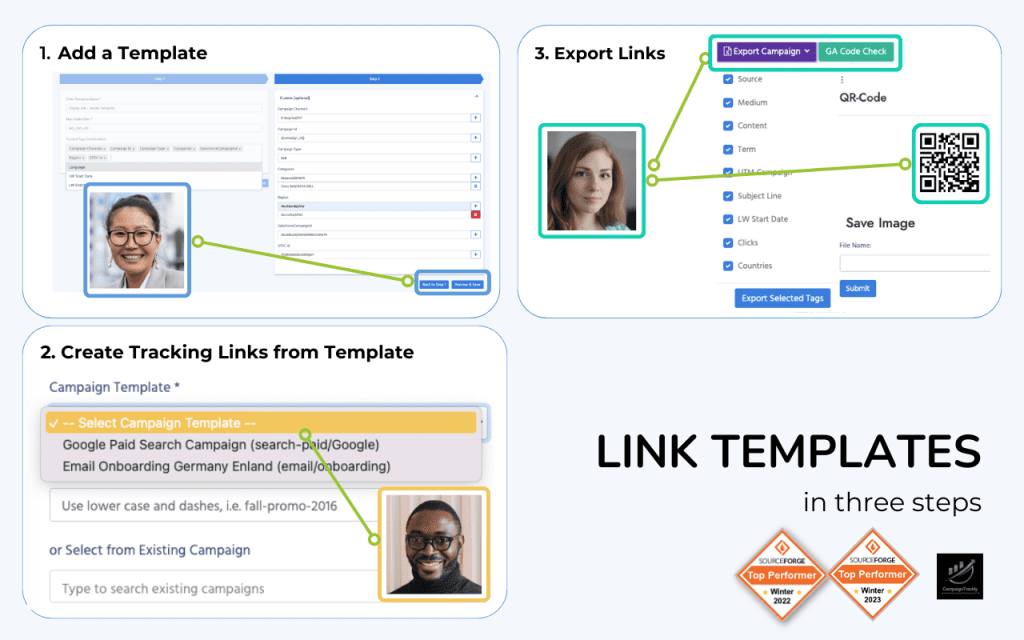The Only 2 Digital Marketing Metrics You Need to Make Sure You are Not Leaving Money on the Table.
In the first part of the “2 Digital Marketing Metrics Every Marketer Should Know” series, I introduced the only 2 digital marketing success metrics that a marketing decision maker’ needs to know to be able to gauge in 2 minutes or less whether an online campaign is going to be successful or not.
Now I am going to show you how to actually use these KPIs to uncover potential gaps and success factors that can help you maximize the return on your marketing efforts.
Let’s Recap – ‘ What These 2 Marketing Metrics Mean and Why They Are Important:
Bounce Rates:
The bounce rate shows you how many people out of all those who landed on your page or web property exited without taking any further action. A 90% bounce rate indicates that only 1 out of 10 visitors leaves your page after taking the extra step of giving you a click to a button or another page.
Conversion Rates:
The conversion rate of a landing page shows you how many out of all the people who visited your web property actually filled out your online form. A 4% conversion rate means that only 4 out 100 people are responding to your offer and leaving you the information you have asked for – email, first name, last name, etc.
How to Use these Performance Metrics to Gauge the Health of Every Marketing Campaign in 2 Minutes or Less
Let’s start with a quick digital marketing campaign example
Let’s say your team is running a month-long Twitter campaign to collect registrations for an offline event. Your goal is to get 200 registrations from this channel.
- Your campaign tweets garner 50,000 views a day.
- Of the people who view the tweets on a daily basis, an average of 100 will click through to your event registration landing page.
- This means that in one month, you can expect 30days x 100visits = 3,000 visits to the page from this specific channel.
- If your registration landing page bounce rate is 90%, this means that 2,700 people will leave your event page without taking any further action.
- You will be left with 300 people, who will be interested enough to stay and review your offer.
- Of them, some might be interested in the topic, but not ready yet to book a seat at your event. Others might want to attend, but the timing or the price, or the place isn’t right for them. All of these visitors will give you their click – if you have other things on offer, like a video for them to watch or a readily available content piece for them to read, but they won’€™t fill out your form.
- And then, there will be those who are ready to attend your event. They will respond to your main call to action and will sign up/fill out your online form. They are the leads that you generated for your campaign.
Spot instantly the real opportunities and gaps in your marketing campaign
If Google Analytics or your analytics tool of choice is telling you that your page has a 4% conversion rate, this means that in reality, you are successfully engaging only 40% of the target visitors that you have worked hard to land and keep on your web property. How did I come up with this number?
As a rule, every analytics platform will calculate conversion rates against all visit sessions, so 3,000 visits*4% conversion rate = 120 successful form fills. But don’t be fooled by this generic KPI. The truth is that 2,700 of your initial visitors left immediately after they landed (that’s the 90% bounce rate at work here). So the actual viable market that you are dealing with is 300, not 3000 prospects.
Therefore, your real conversion rate is 120/300=40%.
40%, 4%… What’s the difference and does it matter anyway?
- It does matter. The 2,700 people who left are gone. They came, saw you offer, didn’t accept it, and dropped from your campaign. Maybe from that point forward you can try and synchronize better your advertising with what your page is offering. Or if you want more people to stay on your page, you might optimize your Twitter target audiences and keywords, or provide more elements of trust on your page – testimonials, awards, industry seals, anti-spam promises, etc. The more you enhance the way messaging is aligned across all of the elements of your campaign, the more successful you will be at getting people to stay longer and respond to your calls to action.
- But the 300, who landed and stayed in the first place, are the prospects who are actually ready to listen to what you have to say right now. They might not be ready to accept your main call to action, but you got their attention. So if you only engaged with 40% of them, then you are leaving money on the table. The remaining 60% (give or take a few competitors and general interest parties) are probably people who are ready to be nurtured so that they can be converted in other ways. And you should be doing just that.
- You have 180 or so people who could just be starting their buyer’s journey, for example. If your campaign is not designed to offer conversion opportunities to all your buyers, regardless of where they are in the buying cycle, your digital team’s initiatives are not living up to their potential. The campaign is not complete and is only serving a portion of your targeted audience, letting a big chunk of it slip through your fingers.
- You need to convert at least 80-90% of your viable landed market, by supporting your primary campaign with at least 2 secondary tactics or calls to action.
For example, do you have a good offer for those who might be willing to attend, but are constrained by a limited budget or inability to travel long-distance? Then you might want to ask your team to consider adding it to your campaign as a secondary tactic. Here is a great example of how marketing automation leader Marketo offered free streaming services to everyone who was interested in their 2016 Summit event, but couldn’t make it.

Email from Marketo offering free streaming services to their fans who cannot attend their event
Takeaway #1: Ask your team to focus on the size of your real landed market (the visitors who did not bounce) and on making sure there are enough secondary tactics to support’ all buyer types.
Knowing what you might be leaving on the table is half the battle won
Let’s run through the same scenario I covered above, but this time, let’s assume your bounce rate has dropped to 75%.
- In this case, with the same traffic volume, you will get 25%x3,000 = 750 people who are willing to connect and engage with’ your company.
- Your conversion rate, as defined by your analytics tool, stays the same, so since the total number of visitors hasn’t changed, you will get the same 120 sign ups.
I am still getting only 120 sign ups, so why are we even talking – nothing’s changed, right?’
- The reality is that your landed market just more than doubled, thanks to the reduced bounce rates. This means you got a lot more people who are interested in your company, products, or services as a result of your promotional efforts. Yes, you only got 120 people who filled out your online form. But if you did not have secondary campaign offers in place, you just left the remaining 630 potential buyers hanging. And your actual conversion rate is now 16%, not 40%. And your team is leaving a substantial opportunity on the table.
- By not approaching this campaign as an initiative that caters to the needs of every buyer – whether they are in the beginning, middle or end of your pipeline, your team is not maximizing the ROI on their efforts. And they should be’ because the hardest thing is to get the visitors to come. Everything else is much more straightforward.
- Now you know that this particular marketing campaign definitely needs more work to be a success. Your team needs to focus on your entire viable landed market to make sure that the right engagements have been put in place to convert as many of your potential buyers as possible.
Takeaway #2: Ask your team to report the results of both your main landing page, and the pages supporting your secondary calls to action. This way you can gauge how effective the campaign is at capturing your entire landed market.
Conclusion
A campaign is much bigger than its main call to action. When designing promotional campaigns, marketers need to do so with all potential buyers in mind to make sure they are maximizing the returns on their efforts.
Knowing what bounce and conversion rates are, as well as how to use them smartly, can make a lot of difference in how well a campaign is designed, implemented, and how much value it created for the company.
While nothing can replace an in-depth analytics report that provides a full 360-degree view of a campaign’s performance, busy decision makers can benefit tremendously from using just these 2 digital marketing KPIs to gain instant insights into the
Now, over to you – thoughts, comments, suggestions? Thank you for your time.


